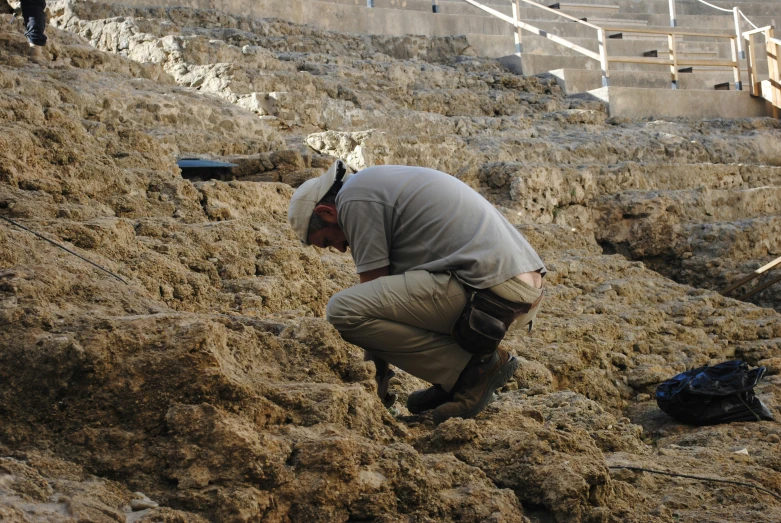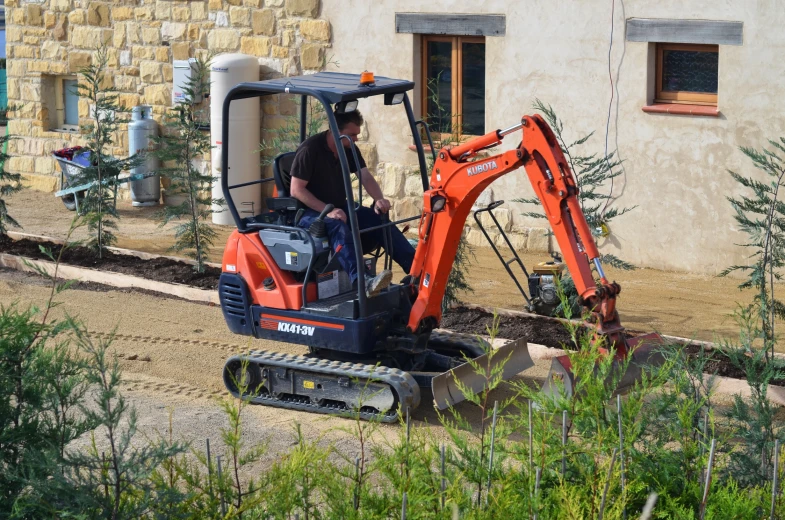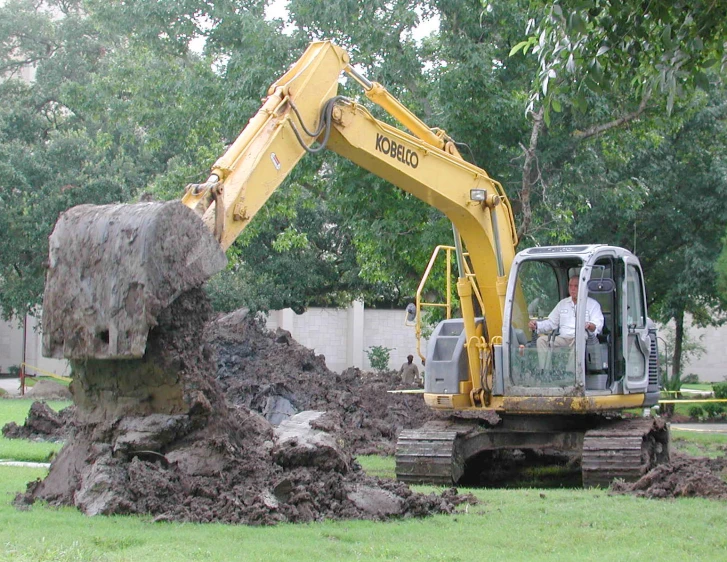Introduction
In my construction experience, Benching Excavations is an extremely important earthmoving technique. By excavating in layers, I have found that it not only enhances safety but also significantly improves efficiency. Here, I will share some common questions and my insights in hopes of helping fellow professionals.
Common Questions and Answers
1. What is Benching Excavations?
Benching Excavations refers to the technique of dividing the excavation face into multiple horizontal layers. This method has allowed me to reduce the risk of soil collapse during construction while providing a safe working platform for my team.
2. How does Benching Excavations work?
When I perform Benching Excavations, I always start with a site survey and soil testing to determine the soil type and stability. During the design phase, I develop a layered plan based on excavation depth and soil conditions. While excavating, I ensure that each layer’s height and width meet design requirements, typically maintaining a certain slope for added stability.

3. Why choose Benching Excavations?
There are many reasons to choose Benching Excavations. Firstly, it significantly enhances construction safety. Secondly, the layered design allows me to complete excavation tasks more efficiently. Additionally, this method is highly adaptable and can be adjusted according to different soil conditions.
4. In what scenarios is Benching Excavations applicable?
I find that Benching Excavations is particularly suitable for deep foundation work, such as underground parking lots and subway projects. Its advantages are even more pronounced in areas with unstable soil or in densely populated urban construction projects.
5. What factors should be considered when designing Benching Excavations?
In my designs, I consider several key factors, including soil type, excavation depth, and the slope and width of each layer. I typically ensure that the slope remains at 1:1.5 or gentler for stability and that each layer is wide enough to accommodate construction equipment and workers.
6. How can I ensure the safety of Benching Excavations?
To ensure safety, I regularly inspect the construction site to check for loose soil. I also use appropriate support structures based on soil conditions and provide necessary safety training for workers to handle any emergencies.
7. What common mistakes occur during Benching Excavations?
From my experience, poor design is a common issue, especially when not fully considering soil characteristics or slope design. I always recommend conducting thorough soil surveys to avoid this. Additionally, neglecting safety inspections can increase risks, so I implement strict safety check plans.
8. What are the best practices for Benching Excavations?
During implementation, I usually conduct detailed pre-excavation surveys to understand soil conditions and groundwater levels. I also develop comprehensive safety plans and conduct regular training to ensure all workers are familiar with the construction process and safety measures.

9. What information is there about used excavators?
When choosing used excavators, I find they are often more affordable and suitable for budget-constrained projects. Selecting reputable brands, such as CAT or Komatsu, ensures durability and support for future maintenance.
10. Where can I find more information about Benching Excavations?
I frequently refer to industry association websites and professional books, and I participate in online training courses. Additionally, Rexcavators offers specialized equipment consulting services that can help me select the right excavator and provide guidance on purchasing used equipment. Visiting their website for more information is a great option.
Conclusion
Through my experience, I have come to appreciate the importance of Benching Excavations in ensuring safety and efficiency in construction. I encourage my peers to prioritize this technique in project planning to ensure a safe and smooth construction process. If you have any questions or thoughts, feel free to reach out!


